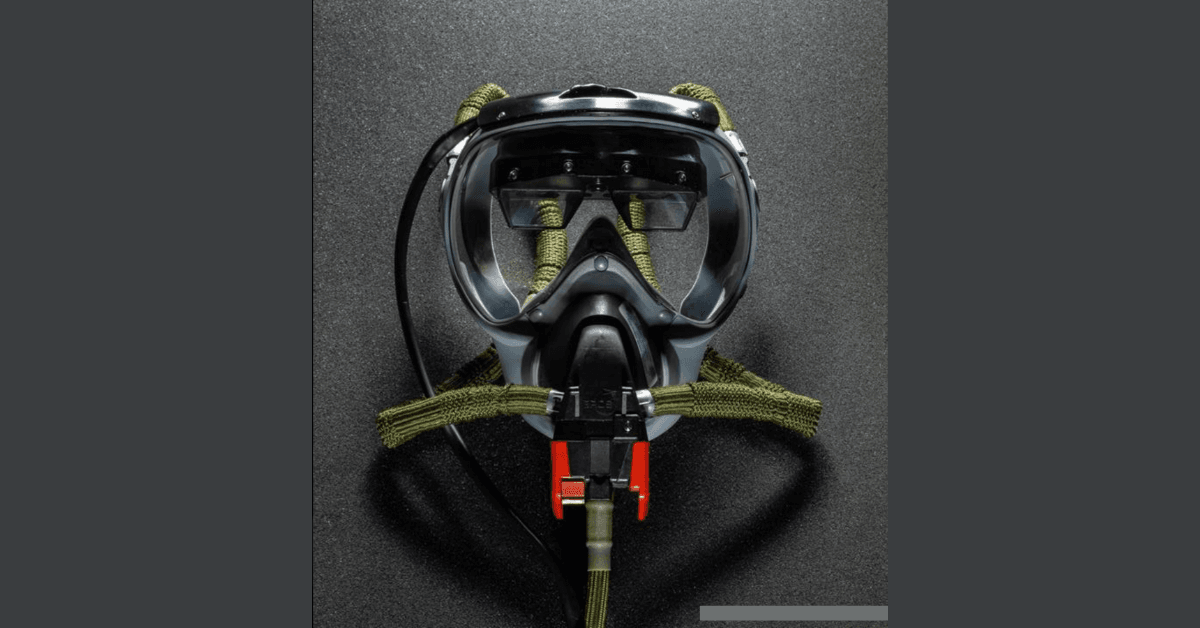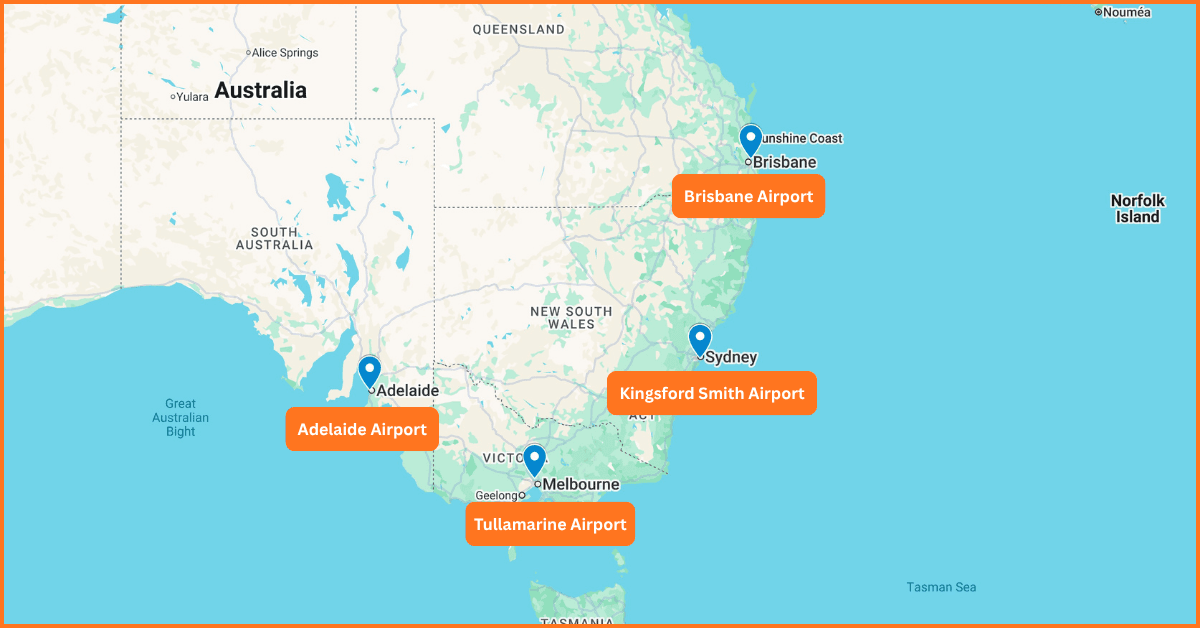The moment a flight crew’s visibility is lost is a moment when instinct and training come into effect. However, what happens when the environment designed to ensure safety, the cockpit, fills with smoke so dense you can’t distinguish critical flight instruments while the outside world disappears? The scenario is not only a reality but a complex situation.
Between 2002 through 2011, more than 17,700 smoke events instances were documented in just the USA and UK alone, as recorded in safety information compiled by Klatt Works.
Worldwide, an aircraft is forced to divert due to cockpit smoke every 24 to 48 hours. Thus, fire and smoke remain a threat in contemporary aviation to flight crew coordination, oxygen system reliability, and emergency procedures for landing.
But for pilots and owners of business aircraft, it’s a different story. Business aircraft can often find itself well out of range of diversions or flying in single-pilot configurations, where one compromised understanding of situational awareness can have disastrous ramifications.
Why cockpit smoke remains a critical safety threat
In-flight fires and smoke occurrences rarely start dramatically. Usually, they originate from electrical sources, lithium-ion batteries, galley wiring, and cabin systems. Within a few minutes, the flight deck can experience infiltration of smoke that can compromise crew members’ visibility to critical information.
The National Business Aviation Association (NBAA) states that flight deck fires can quickly develop, with flight crews having between 12 to 17 minutes to detect and land planes prior to system failure.
Recent occurrences have highlighted how universal this risk still is:
- In October 2024, a flight operated by Brussels Airlines from Dakar had to divert to Spain because of smoke in the flight deck.
- United Express ERJ-175 flight that returned to Chicago on October 9th, 2024, over this same reason.
- Cargo aircraft have fared worse—most notably UPS Flight 6, a Boeing 747-400F that crashed on approach to Dubai when smoke obscured both pilots’ vision and instrument readings
The next step in pilot vision
Conventional oxygen masks are designed for respiration but not for vision. The pilots can still communicate and breathe but won’t be able to view instruments and environment when there is a high concentration of smoke.
To this end, engineers at Klatt Works have developed a system known as the Smoke Assured Vision Enhanced Display (SAVED), which is a transparent augmented reality system that can be directly integrated into a standard full-faced oxygen mask used in corporate and airline aircraft pilots’ helmets. SAVED enables pilots to view through smoke via infrared video in addition to heads-up display symbology related to altitude and speed.
In other words, it converts a common safety system to a vision recovery aid. Once turned on, the pilot can still:
- Aviate (Maintain Aircraft Control)
- Navigate (see flight path symbology and IR imagery)
- Communicate (retain headset and intercom functionality)
- Landing the aircraft even in a completely obscured cockpit environment
FAA and industry testing
The FAA Supplemental Type Certificate (STC) for SAVED on the Boeing 777 was obtained in April 2023 for Klatt Works’ SAVED system and represents a key step in qualifying vision augmentation systems for transport and business aviation.
The continuous certification courses cover:
- 767 flight testing (early 2025)
- FAA review of certification plans for 757 and Gulfstream G450/550 aircraft
- Models in development for: G280, Falcon Jet, Bombardier
In relation to companies that own and operate private aircraft, this is significant. The FAA certification of DO-254 and DO-160 not only assures air safety but builds trust in its operational utility.
Safety through innovation
The industry’s interest has expanded from purely flight deck checklists to encompassing hardware and software systems that have the potential to pre-empt incidents. Some of the more promising developments are:
- AI-based early fire detection systems that monitor sensor inputs for electrical anomalies.
- Units that provide increased oxygen delivery and adjust flow and duration in high-smoke environments.
- Thermal imaging sensors networked within aircraft avionics to identify and locate sources of smoke.
These new technologies, many of which are currently under evaluation by the FAA, represent a shift in industry to more preventive and visibility-improving safety methods that can benefit from human factors as well as automation.
Why this matters for private jet pilots
Although airline flight decks are normally staffed with two pilots and have extensive dispatching systems in place, flying a jet can sometimes require less crew and even a single pilot. In this situation, a loss of visibility can translate to a total loss of a mission.
The crew of a Gulfstream aircraft flying over either the Atlantic Ocean or Sahara might find itself hours away from diversion options. The need to address this concern has given rise to development of SAVED that maintains the capability to review information for pilots.
Furthermore, it will not modify cockpit design and footprint, indicating that it will perfectly fit in and around existing oxygen mask storage and will not affect pilots’ procedures in any way.
Fire mitigation and training synergy
The research conducted by NBAA emphasizes that technology is only as good as the training that supports it. AR-based fire and smoke scenarios have demonstrated improved reaction times and decision-making under pressure in crew training courses.
With vision enhancement or fire detection systems with advanced simulator training, crew members can be prepared not only to deal with the emergency but to navigate through it. It is in this human-machine interface that the next generation of crew safety in the cockpit begins.
The world of private aviation has always had a reputation for comfort and convenience. However, as trip support specialists and pilots well understand, luxury is reliability. The reliability to know that one can withstand unexpected surprises.
Technology like SAVED is a manifestation of a wider shift in safety philosophy from a reactive to a proactive safety regime. As opposed to waiting for changes to happen as a response to safety concerns after an accident has occurred, manufacturers and operators are adopting technology that can improve survivability in-flight.
A clear future
Smoke in the cockpit has always been aviation’s most enduring hazards, and for aircraft operators and manufacturers today, more technology is available than ever to address it. From the NBAA’s emphasis on innovation to FAA-approved AR vision systems and AI-driven detection software systems, a brighter future is emerging for a cockpit that always maintains visibility and control even in a blurry environment.
For private jet pilots, this means more than technology; it means time, control, and confidence. And in those 12 to 17 minutes that define the difference between emergency and outcome, visibility isn’t just an advantage – it’s survival.




